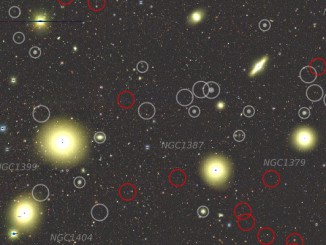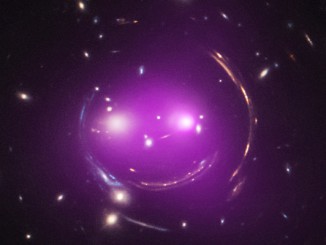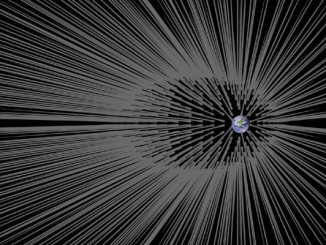
UPDATED: Are comet fragments best explanation for mysterious dimming star?
A star called KIC 8462852 has been in the news recently for unexplained and bizarre behaviour. NASA’s Kepler mission had monitored the star for four years, observing two unusual incidents, in 2011 and 2013, when the star’s light dimmed in dramatic, never-before-seen ways. Something had passed in front of the star and blocked its light, but what?









